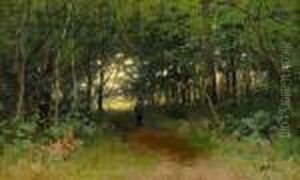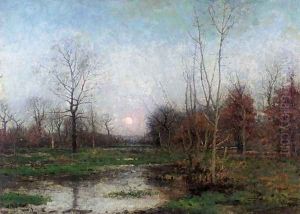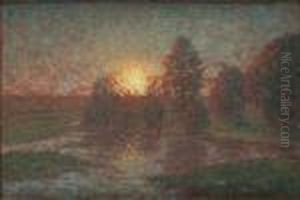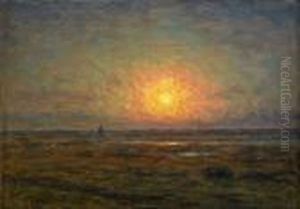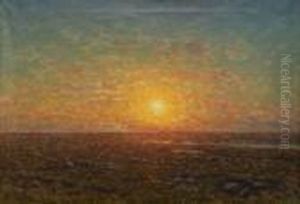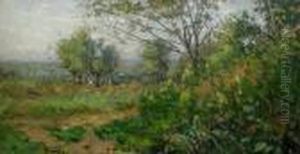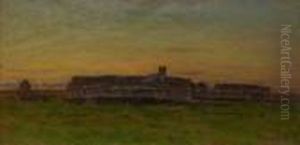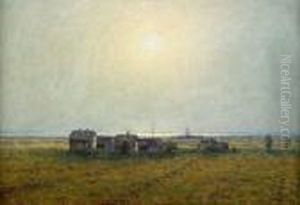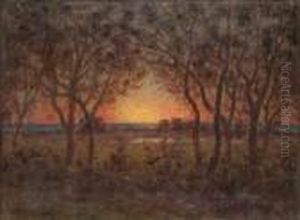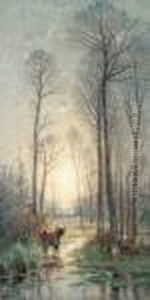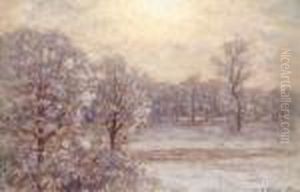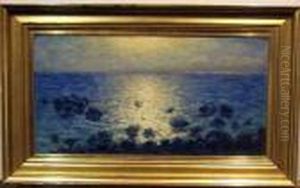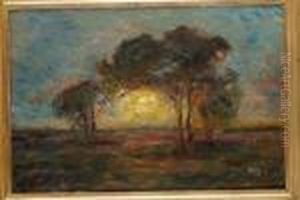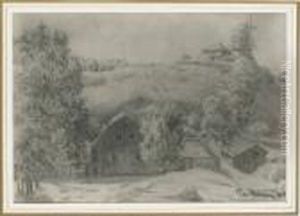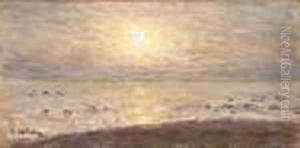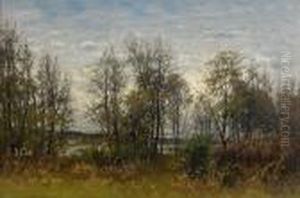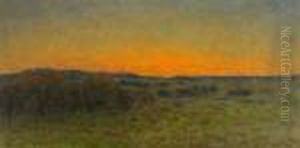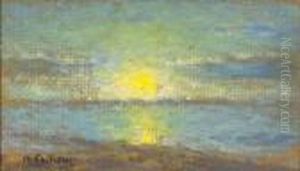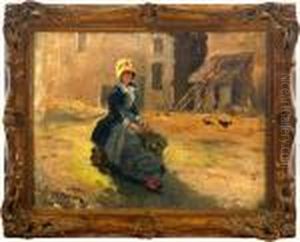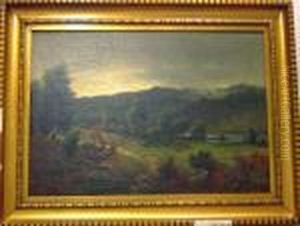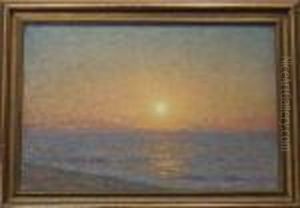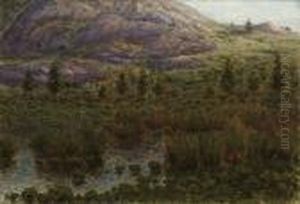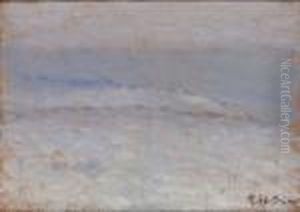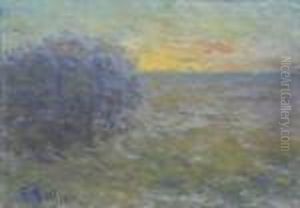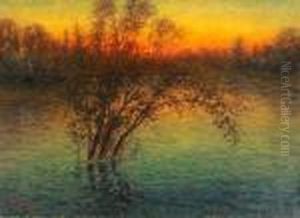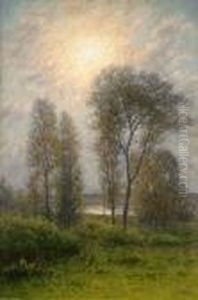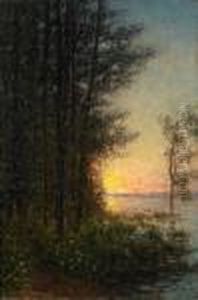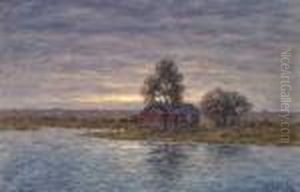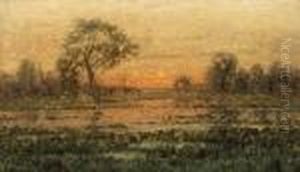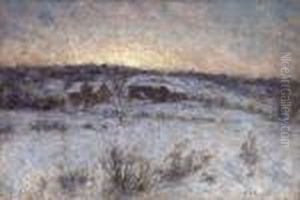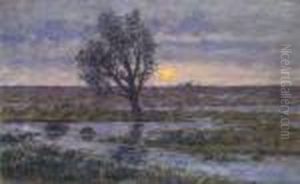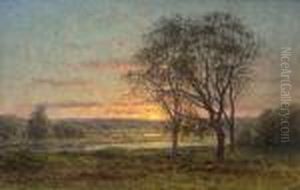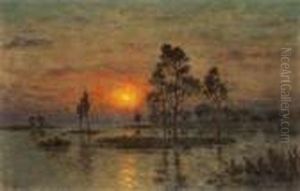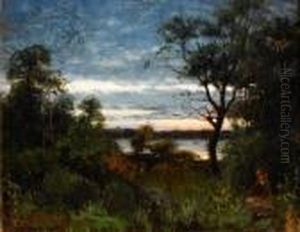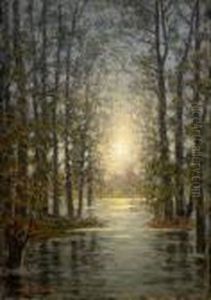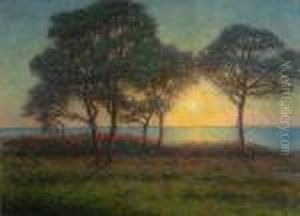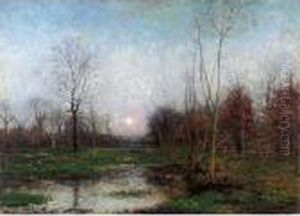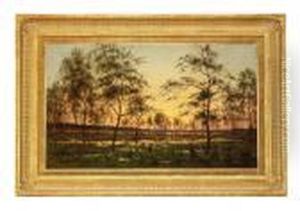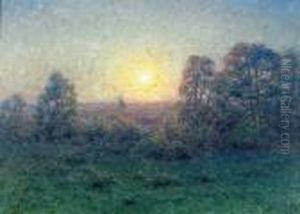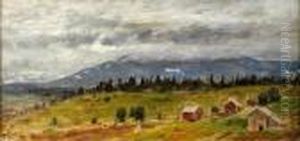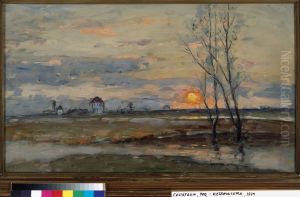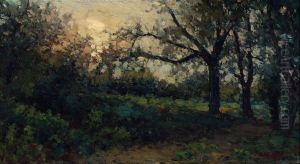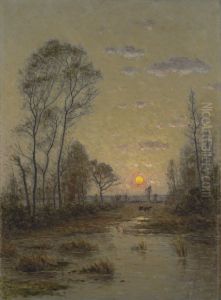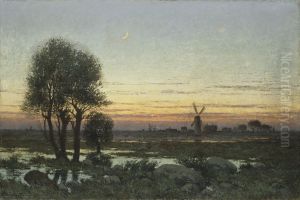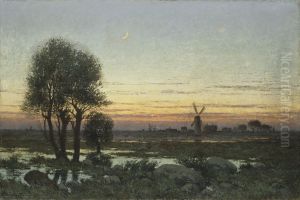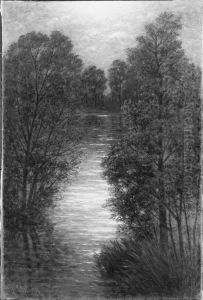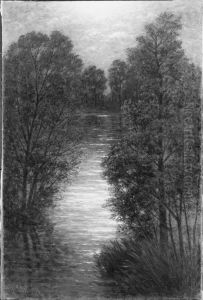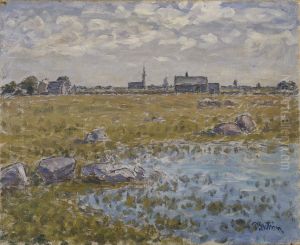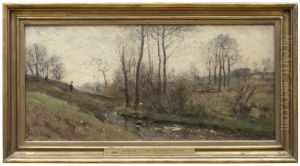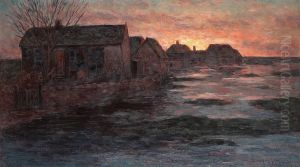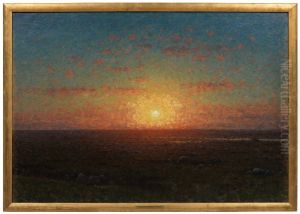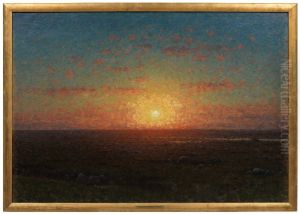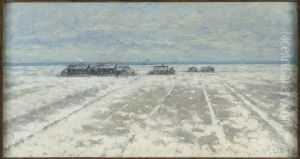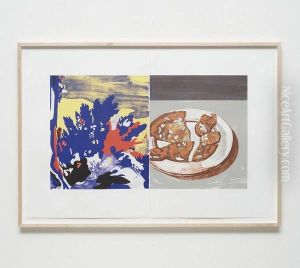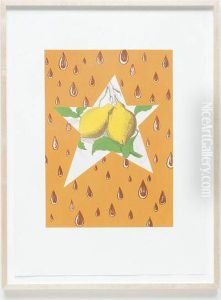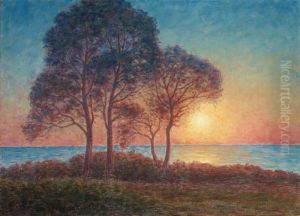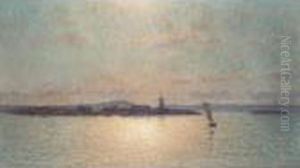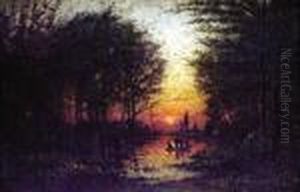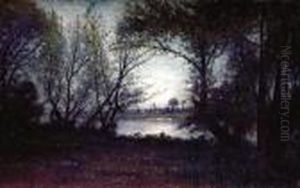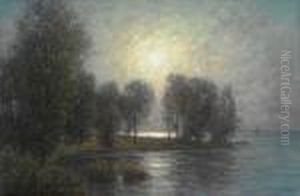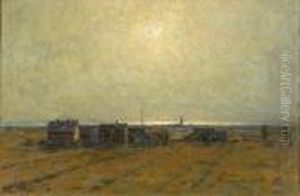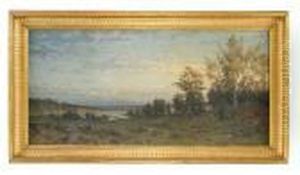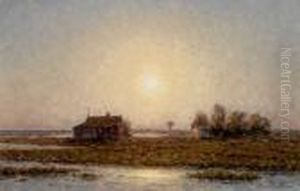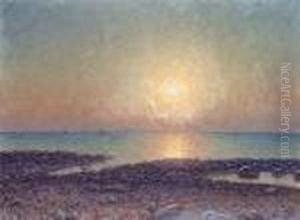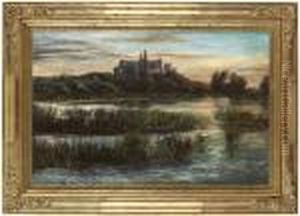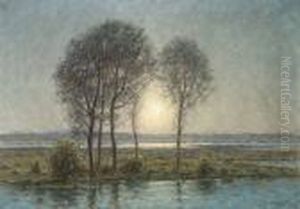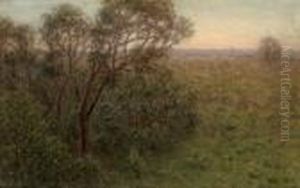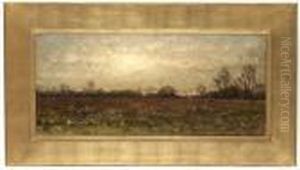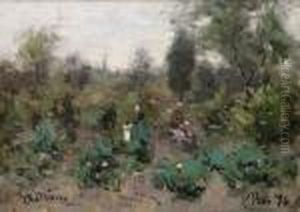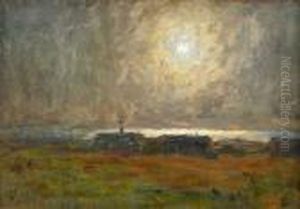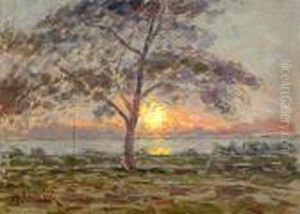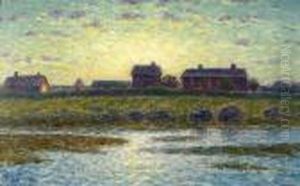Per Ekstrom Paintings
Per Ekström was a Swedish painter known for his landscape paintings and genre works. Born on January 23, 1844, in Västra Klagstorp, Sweden, he developed an interest in art at an early age. Ekström initially worked as a decorative painter but aspired for a more artistic career, which led him to study at the Royal Swedish Academy of Arts in Stockholm from 1865 to 1872.
During his time at the academy, Per Ekström honed his skills and was heavily influenced by his contemporaries as well as by the traditional Swedish landscape painting. He was particularly influenced by the work of Anders Zorn and Carl Larsson, two of Sweden's most renowned artists, although Ekström's style remained distinct and more focused on the atmospheric and emotive aspects of landscape painting.
After completing his studies, Ekström traveled extensively throughout Europe, which expanded his artistic horizons and exposed him to various styles and techniques. His travels took him to France, where he was influenced by the Barbizon school, known for their realistic landscape paintings and for paving the way towards Impressionism. Ekström's work, however, did not fully embrace Impressionism but instead combined realistic detail with a softness of tone and a keen sense of light, which became characteristic of his work.
Per Ekström is best known for his depictions of the Swedish archipelago, coastal scenes, and the forest interiors of Småland, the region where he spent much of his life. His paintings often evoke a sense of solitude and are marked by a melancholic atmosphere. Ekström was also a skilled painter of snow scenes, capturing the quiet and cold beauty of the Swedish winter.
Throughout his career, Ekström received numerous awards and recognition for his work. He exhibited frequently at the National Museum in Stockholm and other prominent venues. His paintings are now part of many important Swedish and international collections.
Per Ekström passed away on May 5, 1935, in Öland, leaving behind a legacy as one of Sweden's most significant landscape painters of the late 19th and early 20th centuries. His contribution to Swedish art is remembered for its poetic interpretation of nature and its influence on the generations of artists that followed.
